
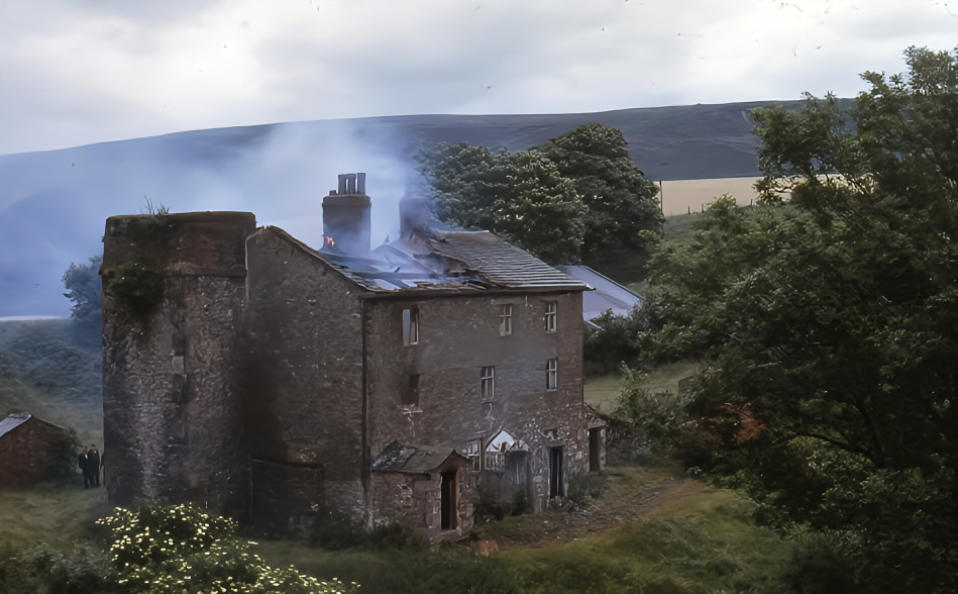
White Coppice Mill Cottages - being demolished
I have been kindly given permission to add this photo to the website. It is a rare colour photograph of Mill Cottages. Here, they are in the process of being demolished. The photo was taken in the 1950s and was taken from the west of The Lowe. The square section to the left side of the gable end is the remains of the factory chimney. The cottages were owned by Whitters who tore them down because they didn't want the responsibility for their upkeep. Curwens, Bookocks and Smethursts were the last tennants. No6 lodge is just visible to the left of the mill. In the background is Stronstrey Bank.
The mill was originally water powered. The water being drawn from four small
lodges above the factory (Nos 6,7.8 and one beyond the present day goit .
However, as production increased it was found necessary to supplement water
power with steam power. Later these lodges, along with others built in Heapey,
would provide water for the Dacca Twist Co factory, which later became The
Heapey Bleach and Dye Works. Eccles was a temperance advocate and to this
day there is no alcohol available in White Coppice or Anglezarke. In fact Mr
Eccles will rest even more contentedly since the Railway Hotel on Coppice Lane
(which is in adjoining Heapey) has closed its doors for the last time and to which
he opposed the original application for a licence. Talking of railways, the Chorley
- Blackburn line had a station on Coppice Lane (Heapey Station) . The line was
closed in the 1960's.
Footpaths lead in all directions from White Coppice, taking you on the moors, to
Brinscall or to Rivington (see walks). My favourite is the path to Great Hill. Two
miles distant, and a variety of scenery on the way, Great Hill offers spectacular
views to the Lake District, Welsh mountains and the Lancashire coast.
Be warned though, always take adequate clothing as the weather can change
very quickly.
White Coppice was the location used by the BBC for a television series
called “Sloggers”. Two series were made.
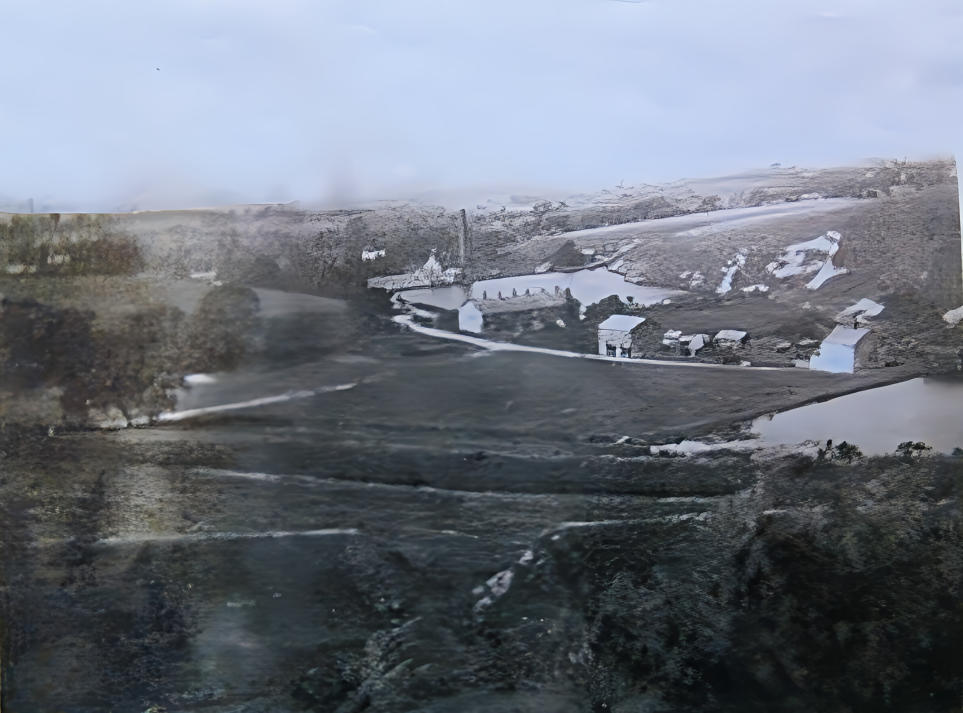
White Coppice
I was given this photo by C. Oakden a few years ago. It probably dates to th 1890s It shows the original track o the bridge over the Goit. This track was later moved closer to the stream that flows parrellel to the track and bends behind the cricket pavillion. Also the lodge beind the cottages has gone - only No6 and No 8 lodges are in the photo. To supply No 8 lodge with water a channel was cut from Dean Black Brook across what is now the cricket field. That channel was open and is visible in the photo. At a later date it was covered and it now runs below the pitch
White Coppice
in the parish of Heapey, is a... a hamlet set in idyllic surroundings. It has the most uneven and sloping cricket pitch one will ever see, and this adds to its charm. As you enter White Coppice along the unmettled road, a reservoir (No6 lodge to give it its correct name) appears to the left with a hill called "the Lowe" behind it. Then "The Row" (terraced cottages facing the lodge) can be seen. Suddenly the view opens up in front of you to reveal the cricket pitch and hills behind it. There were other lodges. No7 behind the two cottages by the cricket pitch and No 8 at the far side of the cricket field, but sadly t was drained and the embankment removed. White Coppice was originally a mining and quarrying hamlet. Later came the cotton industry. Very little remains of the mill that was once owned by Ephraim Eccles. In many ways Mr Eccles was ahead of his time. Within the mill he provided a “meeting room” which was for prayer and provided reading rooms and a games room that had a billiard table. He also advocated the windows of the factory to be open to allow fresh air to circulate as he maintained this was healthier for his workers. White Coppice Cricket Club owes its existence the him too.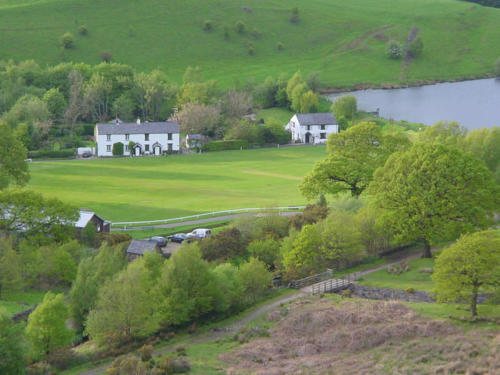
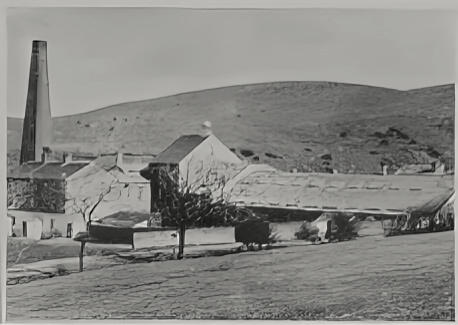
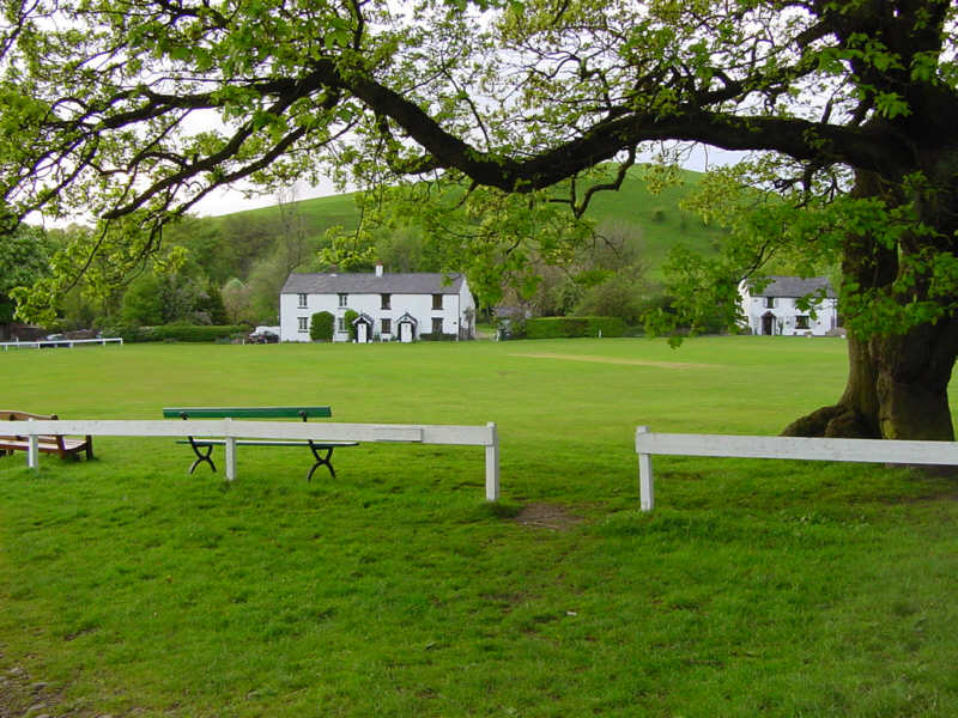
White Coppice Mill in the 1890s
This view of White Coppice is probably the most photographed view of the hamlet.
© www.white-coppice.co.uk 2022
White Coppice.
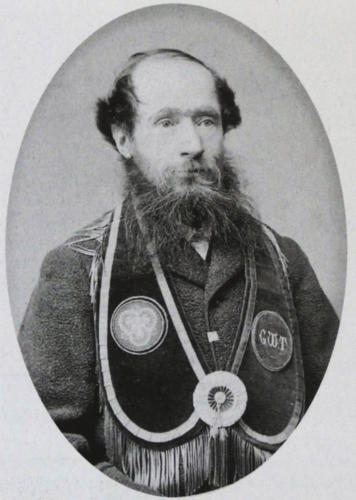
Alfred Ephraim Eccles

















